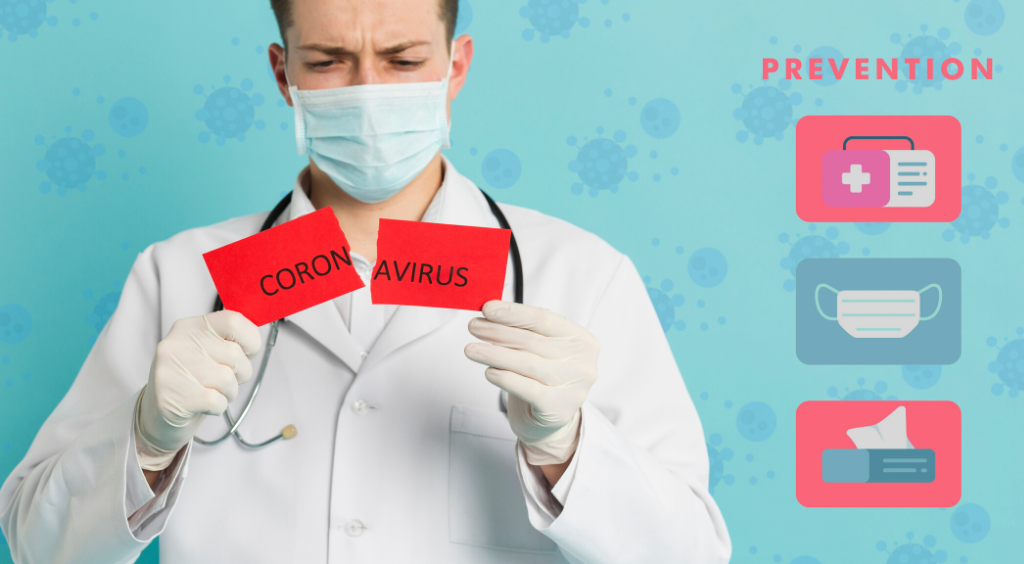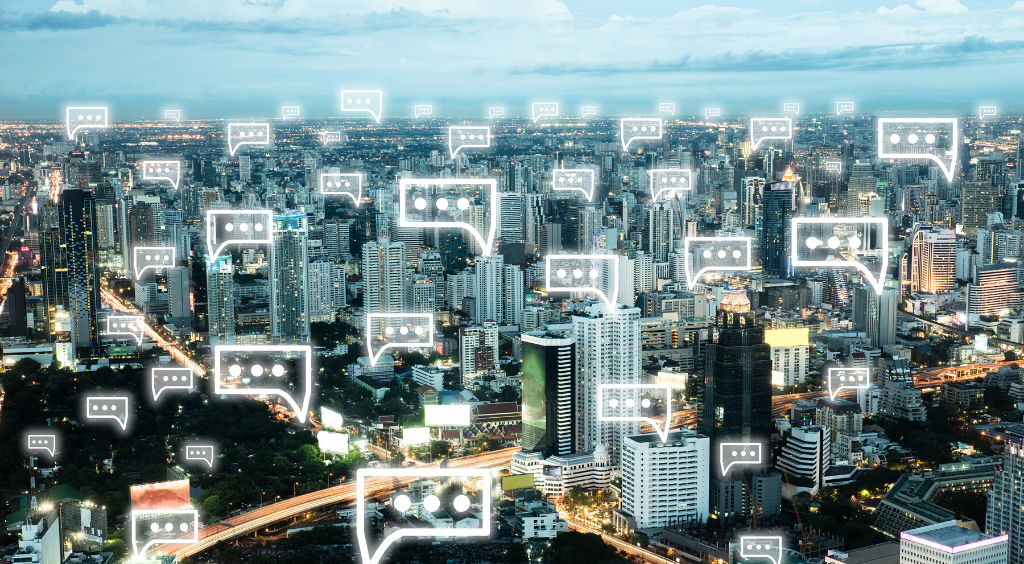The current fear and anxiety surrounding Covid-19 might be gripping the West by storm. But in Singapore, this fear and anxiety is slowly dying down. For now, things in Singapore appear to be more controlled for the time being.
Let’s recap some of the main lessons we’ve learned from the current unforeseen pandemic:
1. A HR Team Should Always Be Prepared

If there is one thing that the Singapore public is scrutinizing the government for...it’s that we should’ve learned our lesson from the last SARS outbreak earlier in 2003. The same goes for HR teams in organizations across Singapore.
Which is why we believe that Human Resources should always be prepared with a stock of medical supplies that will always be in need. Medical supplies such as masks, hand sanitizers and thermometers should always be available. We’ve seen the devastating impacts of HR departments unprepared against Covid-19. Earlier in February 2020, a company was scammed out of S$175,000 after attempting to purchase 500 cartons of surgical face masks. The masks were purchased to be distributed to company staff.
Read more about the story here.
2. Preventative Protocols Should Be Set and Practiced

Trying to compare the 2003 SARS outbreak to the recent Covid-19 pandemic might seem futile. But fortunately, the preventative protocols for most viral outbreaks can be contained by advocating good preventative practices.
Some examples of preventative protocols include:
-
Temperature screening
-
Stay home when you are sick
-
Encourage employees to cover when they cough and sneeze into tissues. These should then be disposed of properly.
-
Abide by employment health-related measures set in place by MOM
-
“Work from home” (WFH) schedules
-
Clean and disinfect frequently touched surfaces and objects.
-
Try to prevent touching your face, mouth, nose, and eye region after coming into contact with public surfaces and objects.
-
Encourage employees to wash their hands often.
Additionally, it is up to the HR department to ensure that these preventative protocols are practiced. There should be repercussions or reminders to the hefty consequences of going against any of the preventative protocols outlined by your organization.
3. Identify Main Channels of Communication Used by Employees

Now that you’ve outlined the required preventative protocols, as well as kept your in-house medicine cabinet stocked. It is time to identify the different channels that your employees use to communicate on the most.
With more and more companies now advocating the “Work From Home” (WFH) exercise, this is an imperative task. Technology plays a vital role in supporting the current work-from-home exercise. Find out if your employees are utilizing Slack, Google Hangouts, Zoom, or Microsoft Teams. That way, employees will be able to have the required tools needed to communicate effectively from home.
If your organization’s form of communication is informal, consider using apps such as WhatsApp and Telegram. Other alternative ways of communicating with your employees include e-mail as well as EDMs.
Pro-Tip: Keep in mind that communication is vital in troubling times like this. The lack of transparency and information can lead to further fear-mongering amongst employees. To prevent this, try to keep your employees fed with information regarding the pandemic from reputable sources.
Read more about this in our latest article, “6 Simple Ways to Improve Staff Morale During the Covid-19 Pandemic”.
4. Find Out What Happens When an Employee is Down

This is perhaps one of the most important things to research. Employers should have protocols put in place to ensure that their workers are well and safe. Even when an employee happens to be a suspected Covid-19 case.
In short, a quick Google search might be all you need to yield good results. Some questions you might need to clarify with your organization as a human resource professional include:
-
When do employers count the first day for employees who need to go on LOA/SHN?
-
Does Work Injury Compensation Act (WICA) cover diseases due to COVID-19?
-
Should employers treat the 5-day sick leave issued to employees due to the COVID-19 situation as sick leave?
-
Can employees places on SHN/LOA schemes work from home?
-
What should an organization do when an employee is suspected of Covid-19?
You might be able to find some of the answers to your Covid-19 questions on MOH’s website. But some questions might require the human resources team to sit with the leadership and/or management team and discuss how to take things further.
5. Outline Your Organization’s Business Continuity Plan (BCP)

Employers can stay ahead of the pandemic by outlining the organization’s Business Continuity Plan (BCP). That way, in any event that the DOSCORN rating rises to critical levels, there is an option for you to fall back on.
The business continuity plan can include:
-
Rotating work schedule: This is especially important when trying to split teams for the work-from-home (WFH) scheme. Alternatively, a rotating roster might also be needed for positions that do not allow workers to work-from-home (i.e. chefs, retail staff, etc).
-
Allowing employees to take unpaid leave: In addition, companies can also encourage its employees to grant additional leave days. Especially in front-facing customer positions.
-
Offering to train and upskill staff: That way, organizations won’t need to hire new staff. Additionally, the newly trained workers can be redeployed in more critical areas.
-
Ensuring that protocols are in place: Crisis protocols should be put in place so that action can be taken in a timely and effective manner. With these protocols in place, effective action can take place when an employee, unfortunately, goes down.
Whilst Business Continuity Plans (BCP) might not be BGC Group’s current forte. We have written some articles relating to it. You might want to check out:
-
5 Major Work From Home Tips All HR Executives in Singapore Fail to Utilize
-
6 Simple Ways to Improve Staff Morale During the Covid-19 Pandemic
6. Plan Proper Crisis Protocol Communication from Leadership

A terrible leader is a failing leader. If there is one way to becoming a better boss, it would be: to communicate better. Take, for instance, Donald Trump, President of the United States. It is clear through Twitter and his speeches that he does not have a proper crisis protocol set in place due to his terrible communication style. Of course, this leads to a number of dissatisfied citizens.
Steps that employers should take when it comes to crisis communication might include:
-
Get your information from proper, reputable sources
-
Align your information with the Human Resources team
-
Disseminate your information out properly through channels often used by your employees
What are some things you’ve learned from the recent Covid-19 pandemic as a Human Resources team? Share with us in the comments section below!
Read More: How Tech Can Complement Your Current HR Structure
